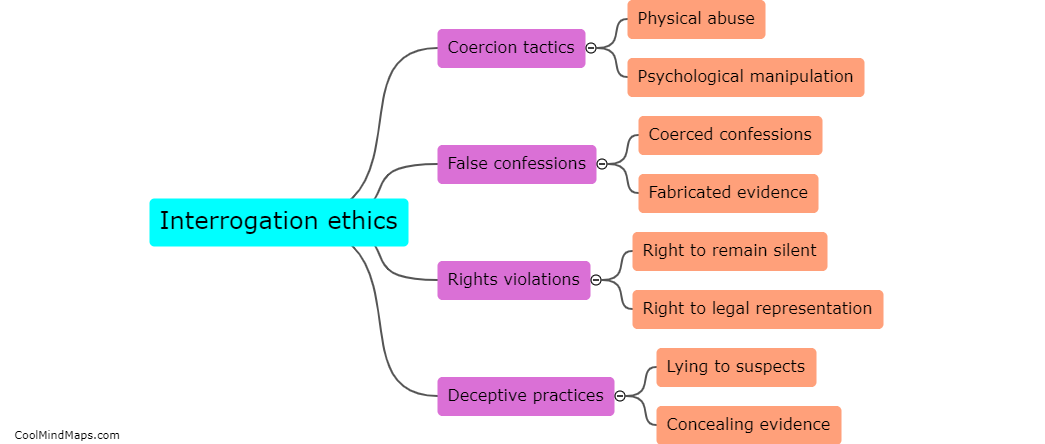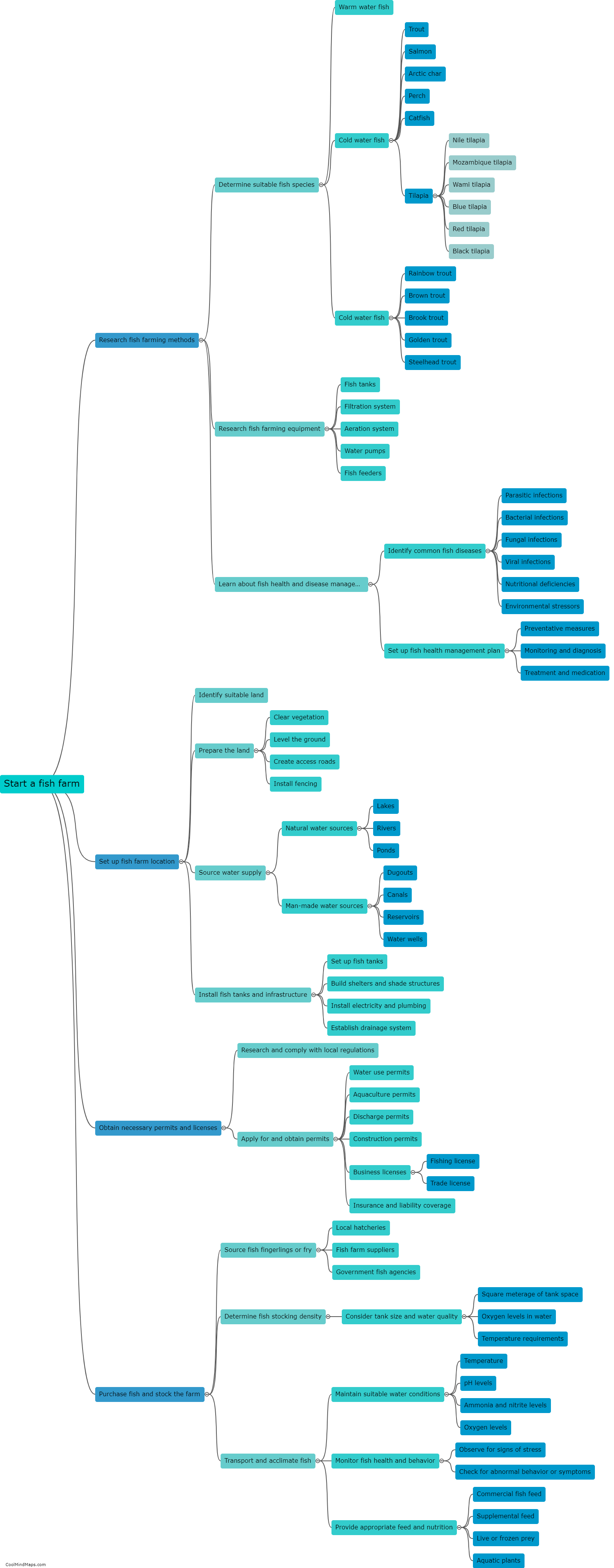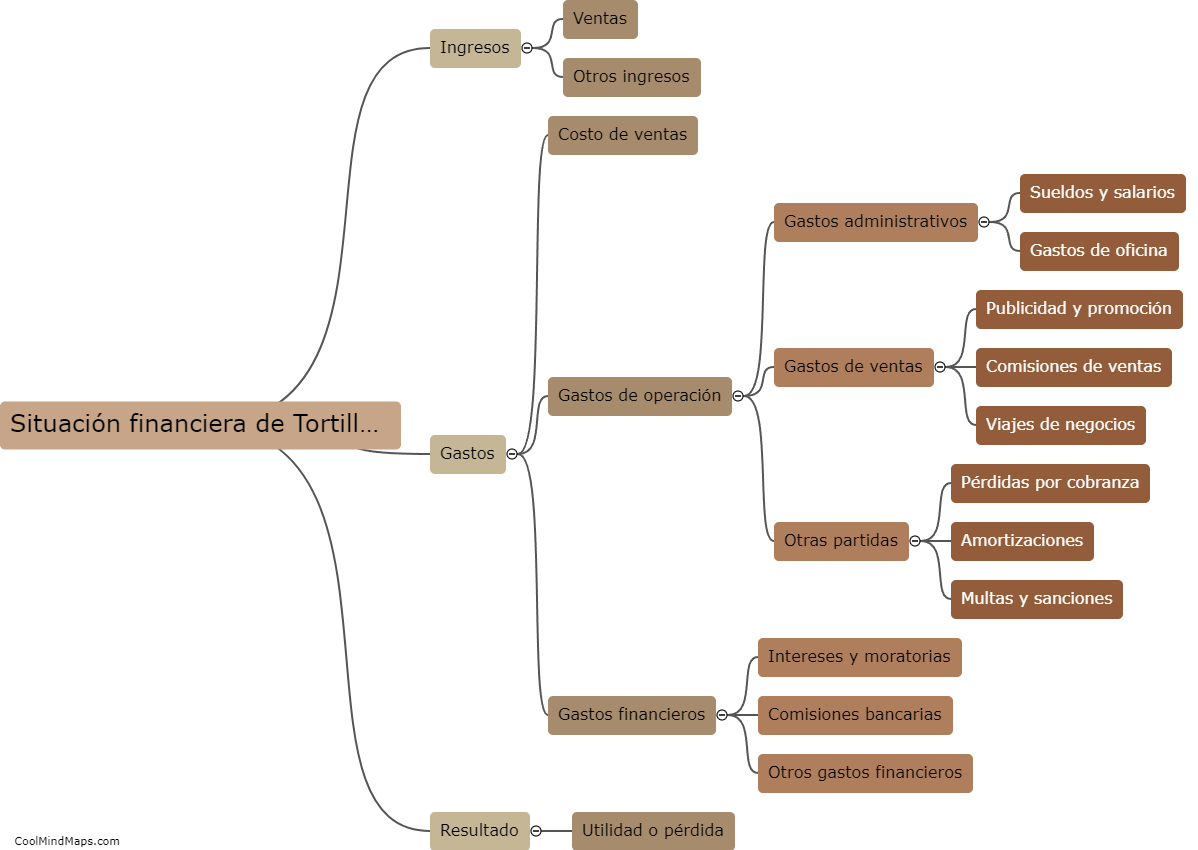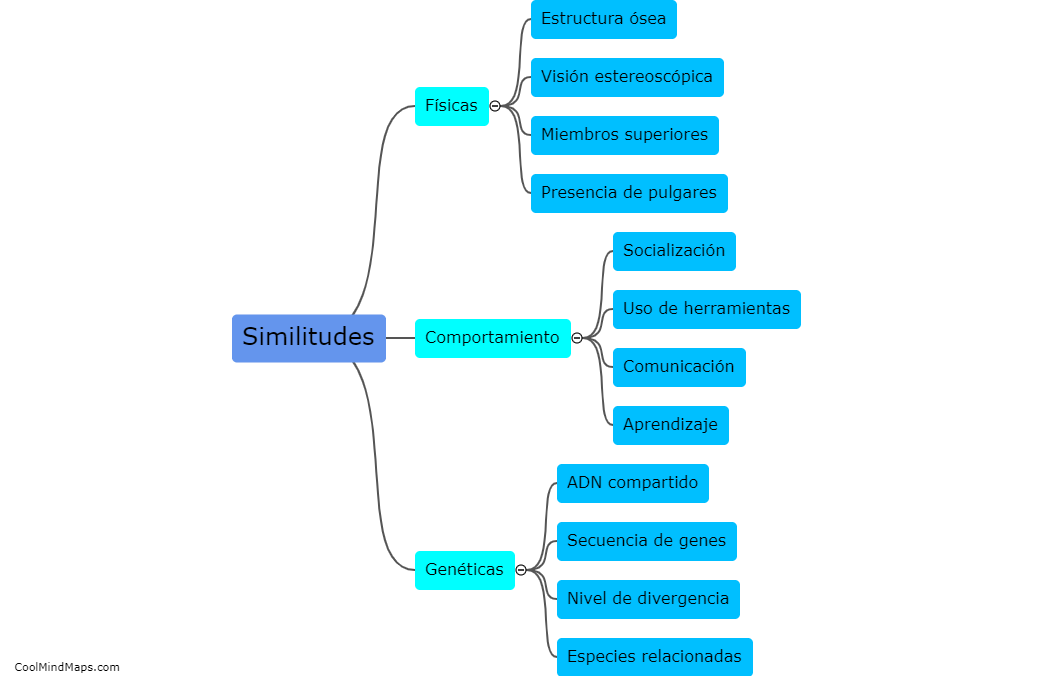What are the order of operations in math?
The order of operations in math refers to the specific sequence in which mathematical operations should be performed within an equation or expression. The accepted order is commonly represented using the acronym PEMDAS, which stands for parentheses, exponents, multiplication and division (from left to right), and addition and subtraction (from left to right). This order helps ensure consistent and accurate calculations, as it clarifies which operations should be performed first, second, and so on. By following the order of operations, mathematicians and students can obtain the correct answer to a mathematical problem.

This mind map was published on 9 October 2023 and has been viewed 49 times.











